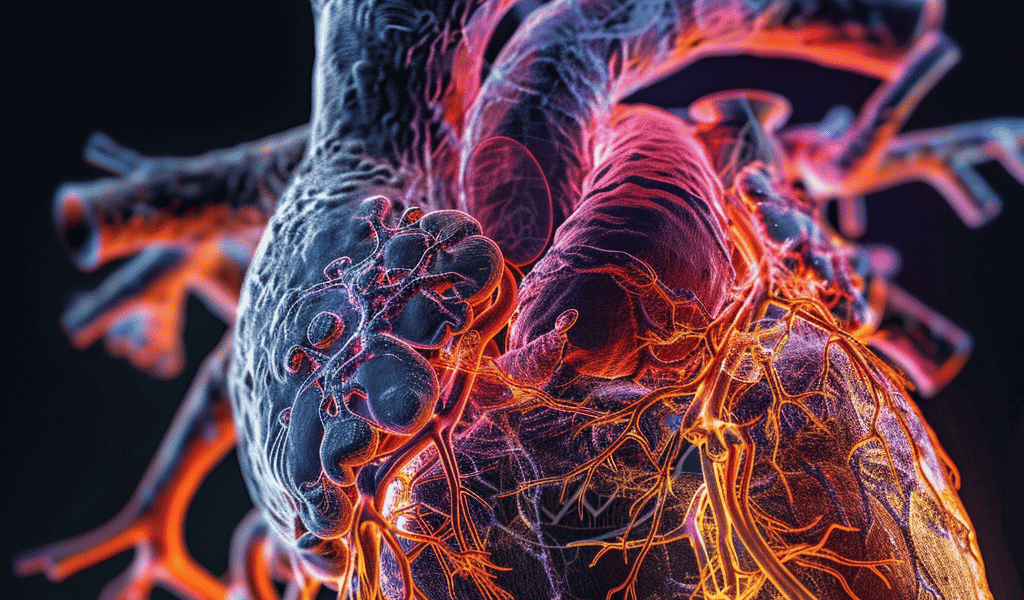Scientists have recently published the most comprehensive cell ‘atlas’ of the developing human heart to date, unveiling 75 types of heart cells, including never-before-seen cell types. The detailed map, crafted using cutting-edge technology, provides insights into the organization of cells to form different internal structures of the heart in the womb.
The research, released in the journal Nature, sheds light on how various cells interact during heart development, offering a high-resolution view of cardiac cell organization. Elie Farah, the study’s first author and a postdoctoral scholar at the University of California, San Diego (UCSD), likened the map to zooming in on individual houses in Google Maps.
To create the map, Farah and his colleagues studied whole human hearts donated to the UCSD Perinatal Biorepository, focusing on hearts donated between weeks 9 and 16 of fetal development. The use of single-cell RNA sequencing and ‘multiplexed error-robust fluorescence in situ hybridization’ (MERFISH) techniques enabled the identification and quantification of RNA transcripts in each cell, providing a deeper understanding of the genetic and anatomical features of the developing heart.
The atlas not only includes known cell types but also reveals previously unseen cells in the heart’s valves and the muscles responsible for its beats. This groundbreaking work opens new avenues for understanding heart development and lays a foundation for potential advancements in cardiac research and regenerative medicine.





